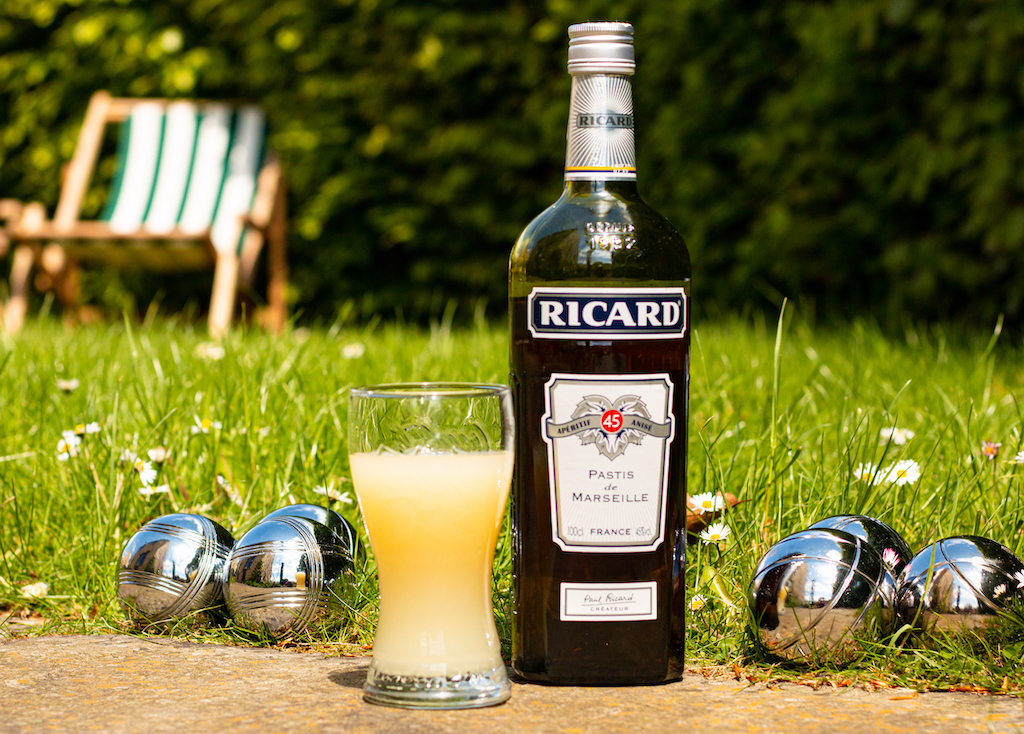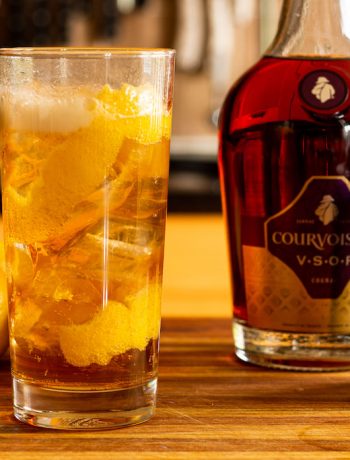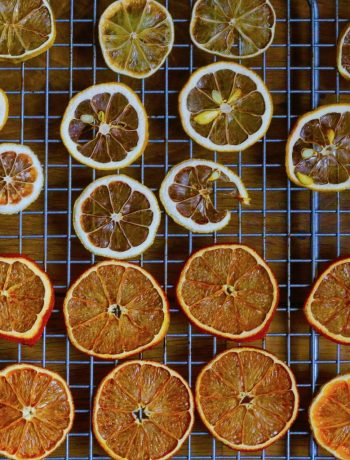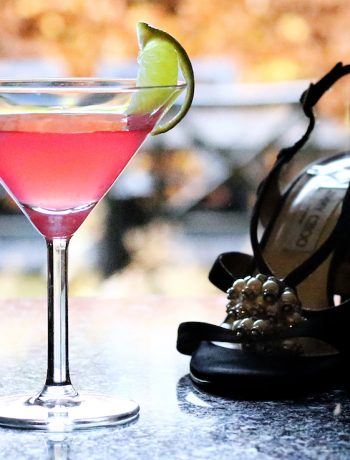In Steven Spielberg’s 1993 blockbuster movie Jurassic Park, Malcolm, played by Jeff Goldblum, has the immortal line:
“Life will find a way.”
It seems that the same is true for aniseed-flavoured booze.
In 1915, the French banned absinthe on the basis of its reported ‘mind-bending’ properties. Absinthe contains wormwood, which in turn contains thujone. Thujone is a monoterpene GABA-A competitive receptor antagonist that actually counteracts the effects of alcohol. The inclusion of wormwood in absinthe was called out as the determining factor in the drink’s contribution to the social degradation of early 20th Century Europe.
There are two facts that destroy this myth. One is that the amount of thujone in absinthe is nothing like as much as everyone was saying at the time, and it is actually alcohol in general that is the problem. Second is that the well-to-do of the Victorian era were using absinthe as a vehicle to take the opiate laudanum in order to reach a truly biblical levels of ‘fucked up.’ It is that degree of degeneration among the aristocracy that had the French government in a funk.
Known as the ‘green fairy’ on account of its label, absinthe featured as a hallucinogen in the 2001 film Moulin Rouge! by Baz Luhrmann. Set in 1900, the screenplay has the main protagonists take absinthe and hallucinate Kylie Minogue as sexed up version of the label fairy. This is exactly the sort of fun that the French government were keen to stamp out.

With absinthe gone, the French missed their aniseed. Seventeen years after the loss of absinthe, the French government lifted the ban on mild forms of aniseed drinks (absinthe was still ‘interdit‘). In 1932, Marseilles-born industrialist Paul Ricard, who had predicted the reintroduction of aniseed-based alcohol, was ready to pounce. He created his version of pastis, named it after his home town, and took on all imitators. In 1970, Paul Ricard put another stamp on Marseilles by naming his new F1-grade race track ‘Circuit Paul Ricard.’ In 1948, Ricard was the first official sponsor of the Tour de France.

But the story of pastis had one more rock in the road – World War 2. Pastis got banned in the Second World War because the French government viewed it as:
“Contrary to the values of Vichy France.”
Licking his wounds, Paul Ricard retreated Camargue, just west of Marseilles, where he started trying to farm rice. At one point, he was able to distill an alcohol-based petrol substitute for the French army – probably from the rice. At the end of the war, pastis was relegalised. However, still uneasy about aniseed, the French banned advertising of aniseed drinks in 1951. The exceptions to this rule were delivery vans , displays and items sent to distributors. Ever the inventor, Ricard hit on the idea of branding the jugs that hold the water to dilute the pastis. This then extended to items like playing cards, glasses and ashtrays. The Ricard brand was everywhere and the government plot to suppress it had failed.

In 1975, Paul Ricard shook hands with his greatest competitor Jean Hémard of Pernod to create the Pernod Ricard Group. Today, almost all pastis consumed globally is made by Paul Ricard’s company.
In modern-day France the iconic village scene is old men in grey/green clothes and caps playing petanque in the dusty ground. To a man, every one of them will be drinking pastis from tall, narrow glasses. For the non-French, non-octogenarian crowd, pastis is an acquired taste, but once you have acquired it, there is no going back. Peter Mayle, ex-pat Brit and author of A Year in Provence, said of the drink:
“The most powerful ingredient in pastis is not aniseed or alcohol but ambiance, and that dictates how and where it should be drunk. I cannot imagine drinking it in a hurry.”
My love affair with pastis was cemented on a ski trip to Les Arcs in the French Savioe. I was staying in a chalet with friends, and oddly there was no practical way to make ice. The snow conditions were such that there was no water ice outside, but there was loads and loads of slushy spring snow. You cannot make a long drink like a G&T with snow because the millions of nucleating points the crystals strip the fizz out of the tonic. But, you can definitely make pastis with snow, and I made many, many tipples this way. Not only that, I had the bottle to myself because nobody else would touch it.
Pastis
Ingredients
- 20ml Pastis de Marseilles (e.g. Pernod, Ricard)
- 100ml ice-cold water
Instructions
Mix the ingredients in any old glass you have handy.
Play pétanque.
Notes
The ratio of pastis to water given here is the 'classic' 1:5. However, pastis is usually served neat with a jug of water for the drinker to mix according to taste.




 (24 votes, average: 3.33 out of 5)
(24 votes, average: 3.33 out of 5)


7 Comments
Gordon
28/05/2020 at 8:54 amEnjoyed this and the lessons in French history. Who knew they banned such innocuous enjoyments?
Nigel Eastmond
28/05/2020 at 2:23 pmThe French are good at banning things and then breaking their own rules. They banned cake once.
ben
28/08/2020 at 10:26 amGreat article thanks Nigel!
Nigel Eastmond
28/08/2020 at 10:33 amCheers, Ben. Enjoy your Ricard.
Marc
02/12/2020 at 8:18 pmNice write up! I personally recommend Pastis Henri Bourdin – it’s artisanal and from the same folks that make the best absinthe currently on the market. The distillery in Fourcalquier is a real treat as well. Cheers from Bonnieux
Paul Marner
06/05/2021 at 12:43 amNever had the pleasure in spite of many trips to France over the past 70 years.
I was aware that absinthe was banned. I have enjoyed Ouzot from the Middle East.
Will be alert for pastis on the shelves in my adopted country, Canada.
Kristina Snow
27/09/2021 at 2:59 amLearned of this drink on the Netflix program The Queen’s Gambit. Thanks for the insight!